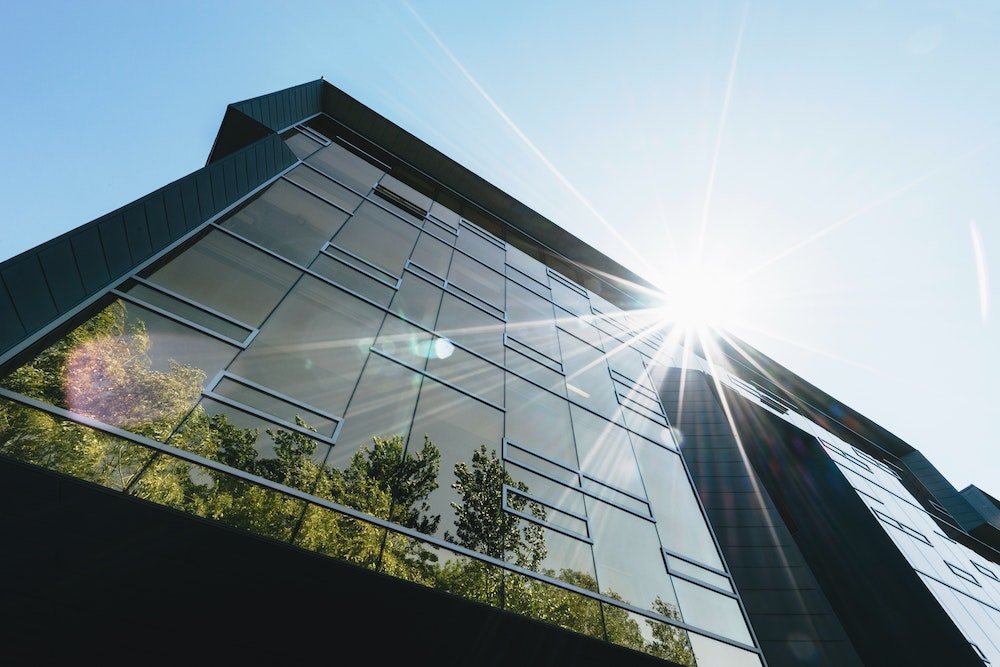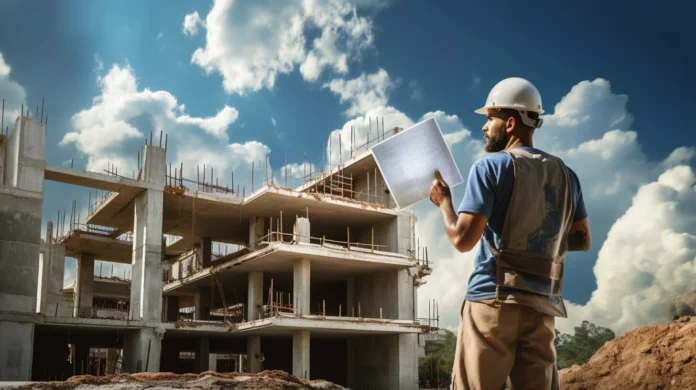In the realm of construction, the traditional use of concrete has long been dominant. However, with increasing concerns about sustainability, environmental impact, and innovation, the industry is now turning its attention to alternative building materials. In this article, we will explore some of these groundbreaking materials that are revolutionizing the construction industry.
The Rise of Alternative Building Materials

As the construction industry faces pressure to reduce its carbon footprint and embrace sustainable practices, alternative building materials have emerged as a viable solution. These materials offer a range of benefits, including lower environmental impact, improved energy efficiency, and innovative design possibilities.
Key Drivers of Change
Several factors are driving the shift towards alternative building materials:
- Rising environmental awareness and concerns about climate change
- Advancements in material science and technology
- Government regulations and incentives promoting sustainable construction
- Consumer demand for eco-friendly and energy-efficient buildings
Exploring Alternative Building Materials
Let’s take a closer look at some of the most promising alternative building materials:
1. Cross-Laminated Timber (CLT)
CLT is a sustainable and versatile building material made from layers of wood panels stacked and glued together in alternating directions. It offers excellent strength, stability, and fire resistance, making it an ideal alternative to traditional construction materials like concrete and steel.
2. Rammed Earth
Rammed earth construction involves compressing a mixture of earth, gravel, sand, and clay into solid walls. This ancient building technique is experiencing a revival due to its sustainability, thermal mass properties, and aesthetic appeal. Rammed earth structures are durable, energy-efficient, and environmentally friendly.
3. Hempcrete
Hempcrete is a bio-composite material made from the inner woody fibers of the hemp plant mixed with lime and water. It offers excellent thermal insulation, moisture regulation, and carbon sequestration properties. Hempcrete buildings are breathable, non-toxic, and have a low environmental impact.
The Future of Construction
As the construction industry continues to evolve, alternative building materials will play an increasingly important role in shaping the buildings of the future. By embracing sustainable and innovative materials, we can create structures that are not only environmentally responsible but also aesthetically pleasing, durable, and cost-effective.
With ongoing research and development, we can expect to see even more exciting advancements in alternative building materials, paving the way for a greener and more sustainable built environment.














